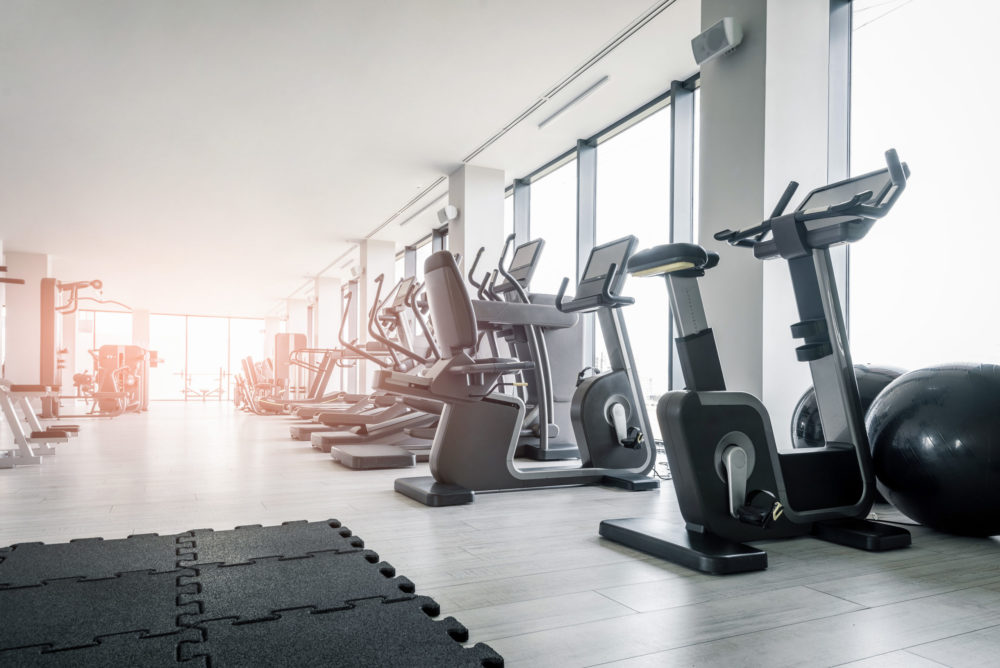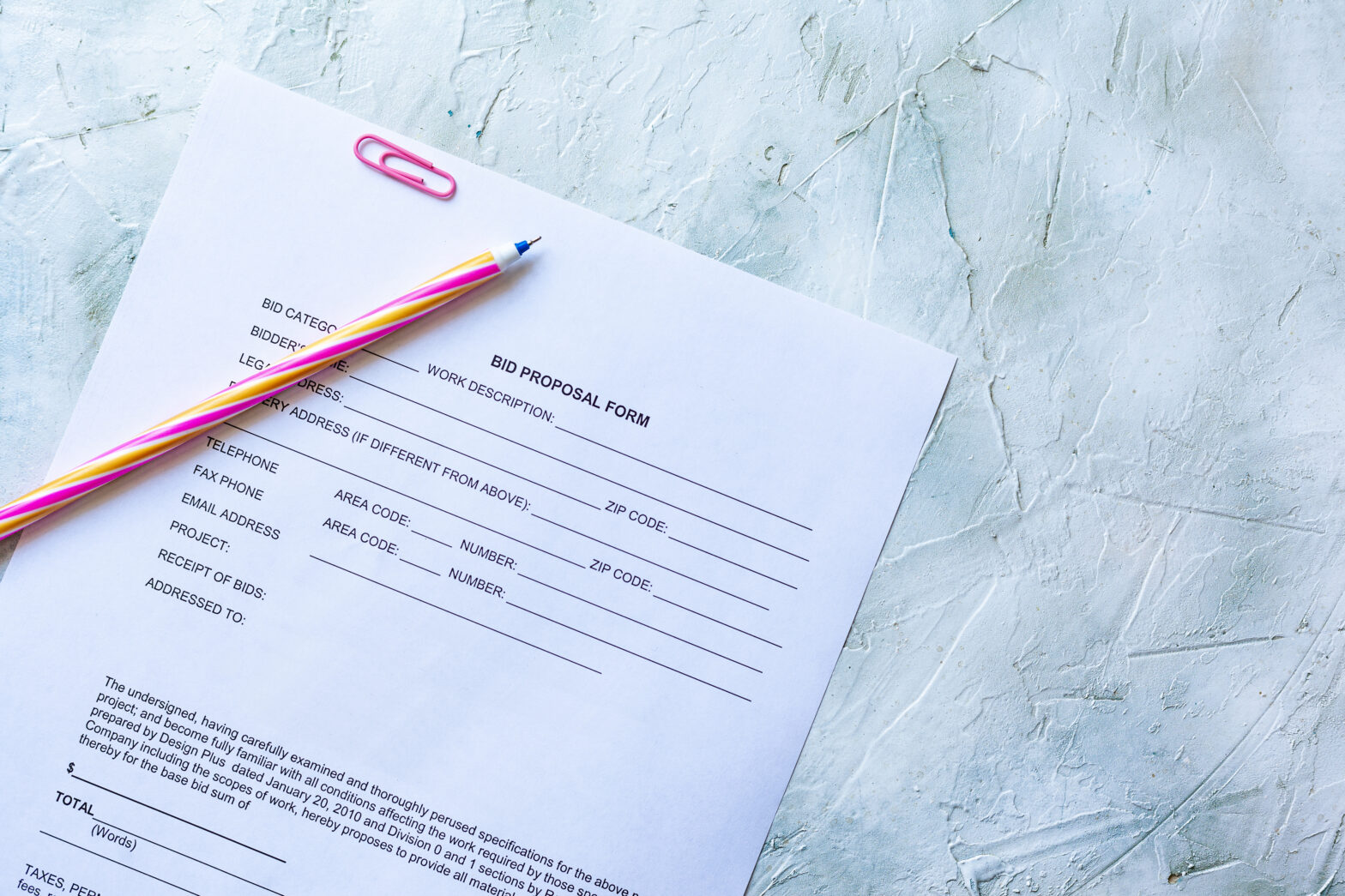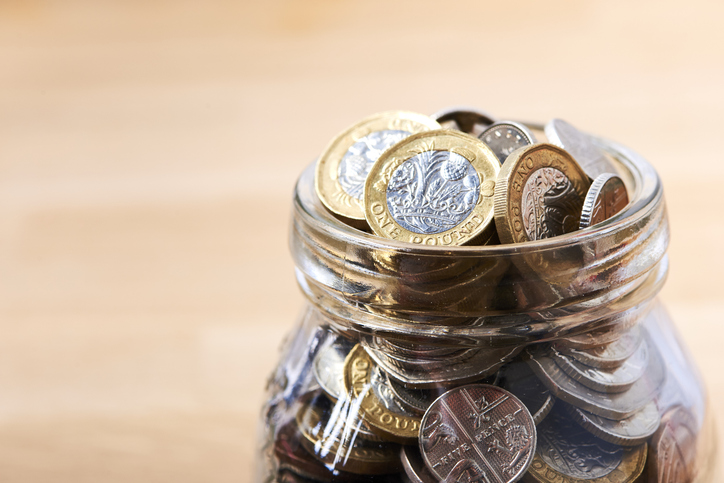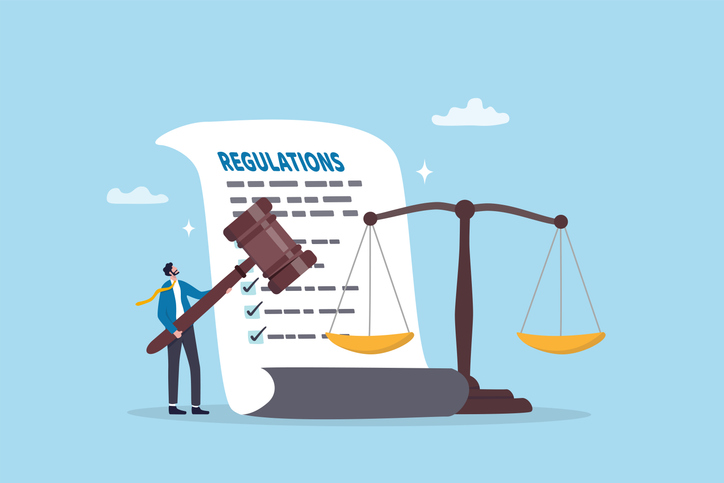The Government has announced that gyms, pools and other leisure facilities in England can reopen from July 25.
Culture secretary Oliver Dowden also said that tattooists, beauticians and nail salons can reopen from Monday, July 13.
As well as general COVID-19 safety advice, such as encouraging contactless payments and putting up signage to highlight social distancing, the government has issued specific guidelines for leisure facilities.
The full guidelines can be found at the Gov.uk, but we’ve picked out the most important ones you should know about.
Visiting instructors, coaches, teachers, and management
If you’re running class or personal coaching sessions, keep these in mind:
- Consider limiting the number of classes that rotating instructors teach in order to minimise exposure
- Determine the number of facilities they are comfortable with instructors rotating amongst in order to minimise exposure. Establish a system for monitoring this
- Given the high risk of transmission from visiting instructors, where possible, establish a private testing programme for rotating/visiting instructors
Contact while using facilities
Fitness spaces
Pieces of gym equipment should be an appropriate distance apart so as to comply with social distancing guidelines and with a suitable margin for adequate circulation or one-way routes. This can be achieved by moving equipment, using screens to separate equipment or taking equipment out of use. Clearly visible tape should be put around pieces of gym equipment to denote social distance.
Changing rooms
Particular care should be taken to manage congestion and ensure social distancing such as limiting use to alternate lockers, or ideally limiting use to those with special needs and/or removing use of showers. Encourage attendees to arrive at the facility in sports kit and where possible to travel home to change/shower. Use of changing rooms and showering facilities should in general be avoided where possible, although these must be available for participants with disabilities or special needs and are likely to be needed after swimming.
Dance and exercise studios
Where possible, temporary floor marking defining required spacing per individual should be provided.
Pools
- Swimming pools should restrict numbers to allow 3sqm per bather
- Saunas and steam rooms should stay out of use for the time being as the risk of transmission is unclear
- If flumes are available, they must be used in a socially distanced manner
Hydrotherapy pools
Capacity should be managed so as to take account of any special needs of the clients. If social distancing cannot be maintained for due to immediate safety concerns, close proximity contact should be kept to a minimum by those not part of the same household or social support bubble.
Air extraction and ventilation measures
- The maximum occupancy of each gym should be limited by providing a minimum of 100sqft per person. For this figure, the area is the net useable gym space available to members to use, including changing rooms, toilet and wash facilities. Reducing capacity in this way whilst sustaining ventilation flows, will increase the typical current 10l/s/p flow rate of ventilation to at least 20l/s/p, as fewer people are being served by the ventilation system.
- Ventilation systems should provide 100 per cent fresh air and not recirculate air from one space to another.
You should also consider:
- Increasing the existing ventilation rate by fully opening dampers and running fans on full speed
- Operating the ventilation system 24 hours a day
- Increasing the frequency of filter changes
- In the absence of known ventilation rates, a carbon dioxide sensor shall be used as a surrogate indicator to switch on additional mechanical ventilation or open windows.
Cleaning
Increased cleaning is a given when you reopen your leisure facility. Here’s some further guidance to consider:
- Maintain good ventilation in the sport or gym/leisure facility. For example, opening windows and doors frequently, where possible
- Frequently clean work areas and equipment including stationary gym equipment between use, using your usual cleaning products
- Frequently clean objects and surfaces that are touched regularly, including stationary gym equipment, free weights, mats, balls, etc
- Provide spray and cloths and instructions for users to wipe down each machine
- Maintain current rigorous cleaning procedures, reviewing and adapting where necessary including in increased high-risk spaces including main thoroughfares, touch points and walls and floors in circulation routes (corridors, lifts, foyers, landings, stairs, lobbies)
- Clear workspaces and remove waste and belongings from the work area at the end of a shift
- If equipment cannot be cleaned after each use, it should not be used
- If you are cleaning after a known or suspected case of COVID-19 then you refer to the specific guidance.
Changing rooms
In addition to the guidance on changing rooms above:
- Take steps to ensure that all water systems, for example showers and sinks, are safe to use after a prolonged facility shutdown to minimise the risk of legionella and other diseases associated with water
- Where shower and changing facilities are required, set clear use and cleaning guidance for showers, lockers and changing rooms to ensure they are kept clean and clear of personal items and that social distancing is achieved as much as possible. Consider closing communal showers if possible
- Introduce enhanced cleaning of all facilities regularly during the day and at the end of the day
- Consider changes in policies to ensure limited time is taken in changing areas, especially during the changeover of group activity to maintain social distancing
Spectators and children
Generally, non-participating children and spectators should be discouraged wherever possible:
- If allowing spectators would present challenges to maintaining decided capacity levels, consider prohibiting spectators until further notice. Chaperones to children may wait outside premises/activity area in a socially distant manner or in their car. If allowing spectators would present challenges to staying below overall maximum safe capacity levels, consider prohibiting spectators until further notice. Chaperones to children may wait outside premises/activity area in a socially distant manner or in their car unless the child has special needs
- Control spectator numbers within controlled numbers through pre-booking, ticketing and other controls at access points
- Ensure spectators follow Government guidance for social gatherings and maintain social distancing preferably with marked viewing spaces
- Remind customers who are accompanied by children that they are responsible for supervising them at all times and should follow social distancing guidelines
- In cases where a child is participating in activities, permit only one parent/carer per child to supervise their child while following social distancing
Read more
How to reopen your hairdressers and barbers and post lockdown





